Microprocessors run the show in Access Control and they come in all shapes and sizes, but the important thing to remember is that they consist of nothing but a series of switches.
We all know how a light switch works, on or off. Same thing with microprocessors, on or off.
Although it’s easy to presume that micro switches are decision makers, that’s not the case. They are intentionally designed to be “dumb,” having just two states of operation: on and off. This guarantees that they perform in exactly the same manner each and every time.
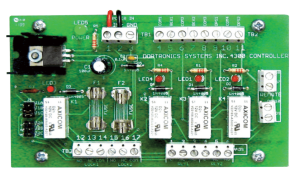
Examples
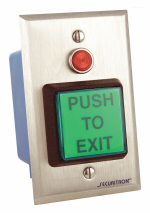
This push to exit button sends a momentary signal to unlock the door, then resets. If a light switch were used instead then the signal sent would be maintained and the door would stay unlocked until switched off again.
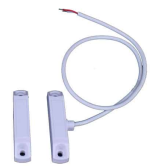
A magnetic door contact switch detects if a door is open or closed. When the door is closed the two contacts are near each other, thereby “closing the loop”. Should the door open then the contact mounted to the door moves away from the contact mounted to the frame causing the loop to be broken and a signal is sent.
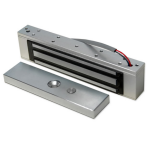
Somewhat similar to the door contact switch above a mag lock can detect when the door is closed. The differences are that not only will a mag lock hold the door closed but it also comes with a timer that can be set that determines the unlock time period.
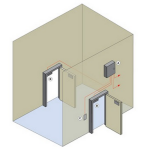
Clean rooms and detention facilities need to ensure that two doors are not open at the same time. Each door requires a switch that determines if the door is open or closed, plus a controller that prevents them both from being open simultaneously. Normally, a mag lock is mounted to each door and then they are wired back to the controller.